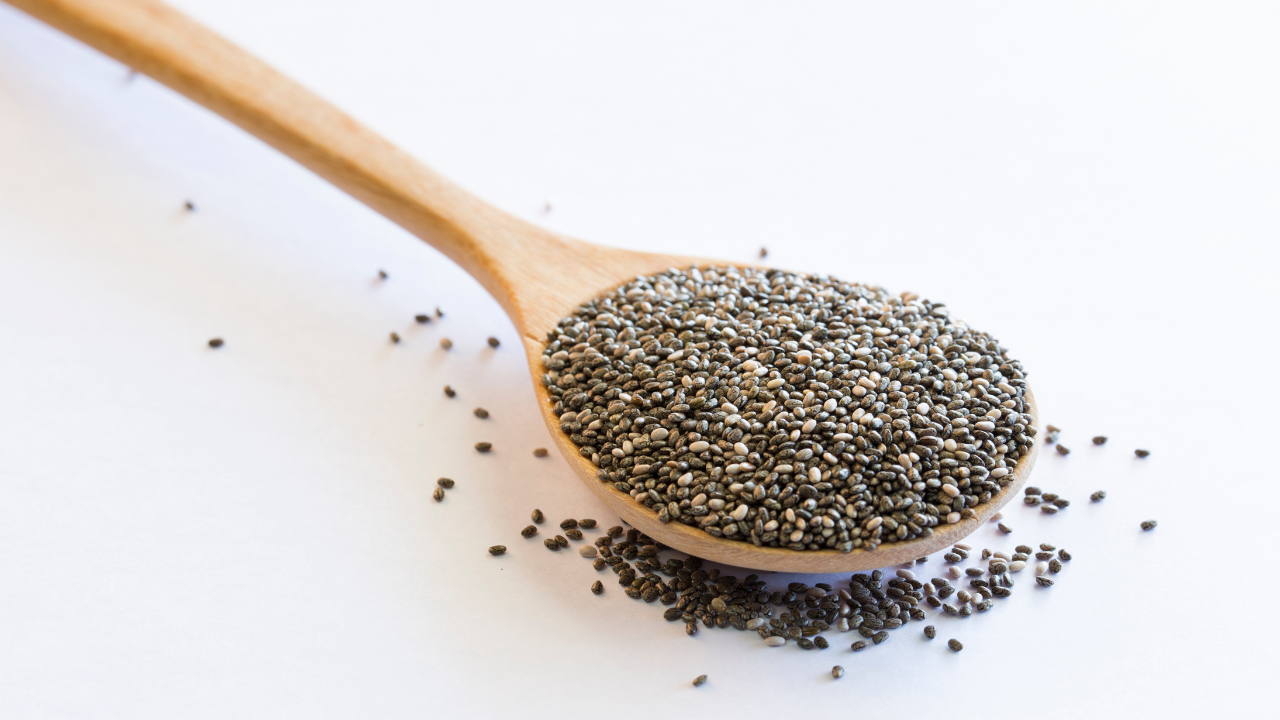
Why Chia Seeds Should Be In Your Diet
Jan 23, 2022Do you know the cute little Chia Pets that seem to pop up every year around the holiday time? Spread the seeds, water, and watch them grow “hair” over a few short weeks. The hair is actually the sprouts of the chia seed. Yes, they’re edible, though we aren’t sure we would want to eat the ones grown on one of those clay figurines.
Chia seeds have been a hot superfood for a few years now. While you may have just heard of chia seeds, they’re not so new, but thousands of years old. They date back to pre-Colombian times when the Aztec and Mayans are reported to have used them for both nutritional and medicinal purposes. Known as the “running food” for their ability to promote endurance, Spanish folklore has it that Aztec messengers could survive a whole day of running on just a handful of chia seeds.
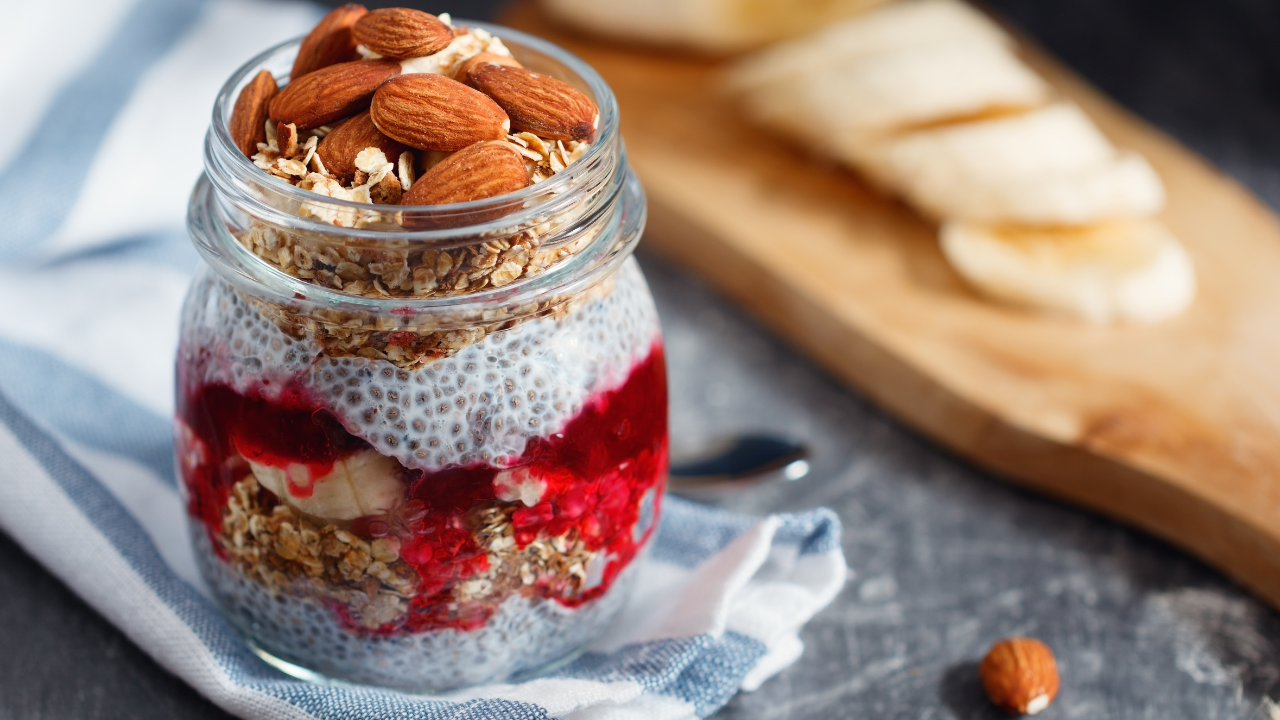
Nutritional Powerhouse
Chia seeds have a pretty impressive nutritional profile:
Omega 3: chia is a vegan source of Omega 3s in the form of alpha-linolenic acid (ALA). Omega 3s may reduce the risk of cardiovascular disease, lower blood pressure, and offer neuroprotective effects. Just 1 Tbsp. of chia seeds has 2,282 mg of Omega 3 fatty acids.
Fiber: chia seeds contain both soluble (cholesterol-lowering) and insoluble (sweeps through the digestive system) fiber with 5 grams of fiber per 1 Tbsp.
Minerals: Chia is a good source of Magnesium (promotes muscle relaxation), Potassium (reduces blood pressure and bloating), Calcium (promotes bone health), Iron (carries oxygen to muscles), and Folate (cardiovascular health and important for women of child-bearing age)

Antioxidants: Both white and dark chia seeds score high on the ORAC scale (measures the amount of antioxidants), including quercetin, which has been shown to aid in athletic performance and recovery. These high levels of antioxidants help prevent the chia seed from going rancid, allowing it to be shelf-stable for up to 1 year when stored in an air-tight container.
Gluten-free: great for people with Celiac disease or gluten sensitivity
Nutritional value: 15 grams of chia seed (approx. 1 Tbsp.) has 60 calories, 5 grams fat, 6 grams fiber, 3 grams protein, and 107 mg Calcium
Health Benefits
Although there are a limited number of studies that have been conducted using chia seeds, some of those have had promising results.
1. Blood sugar control – two older studies (2010 and 2013) have shown that consuming chia seeds baked into bread helps lower blood sugar rises post-meal compared to bread without chia seeds.
2. Anti-inflammatory – Chia ranks highly in its antioxidant score, more than blueberries which are known to be one of the most powerful foods in terms of antioxidants. As found in a 2016 review of chia seeds, their antioxidants act to help combat the inflammation in the body that contributes to elevated cholesterol, high blood sugar, high blood pressure, and arthritis.
3. Weight loss – because chia seeds help to promote satiety, you are more likely to eat less in the following meals. This in turn means you may take in fewer calories during the day, which can lead to weight loss.
4. Boosts athletic performance – Chia seeds are a great source of energy, as they contain carbs, protein, and healthy fats. Take it from the Aztecs who could run for an entire day after eating just a spoonful of chia seeds; these little beauties may power up your workout and help you recover as part of a post-exercise meal.
This is not an exhaustive list of chia seed health benefits, but we think this gives you a good taste of all they have to offer.
How to Use Chia
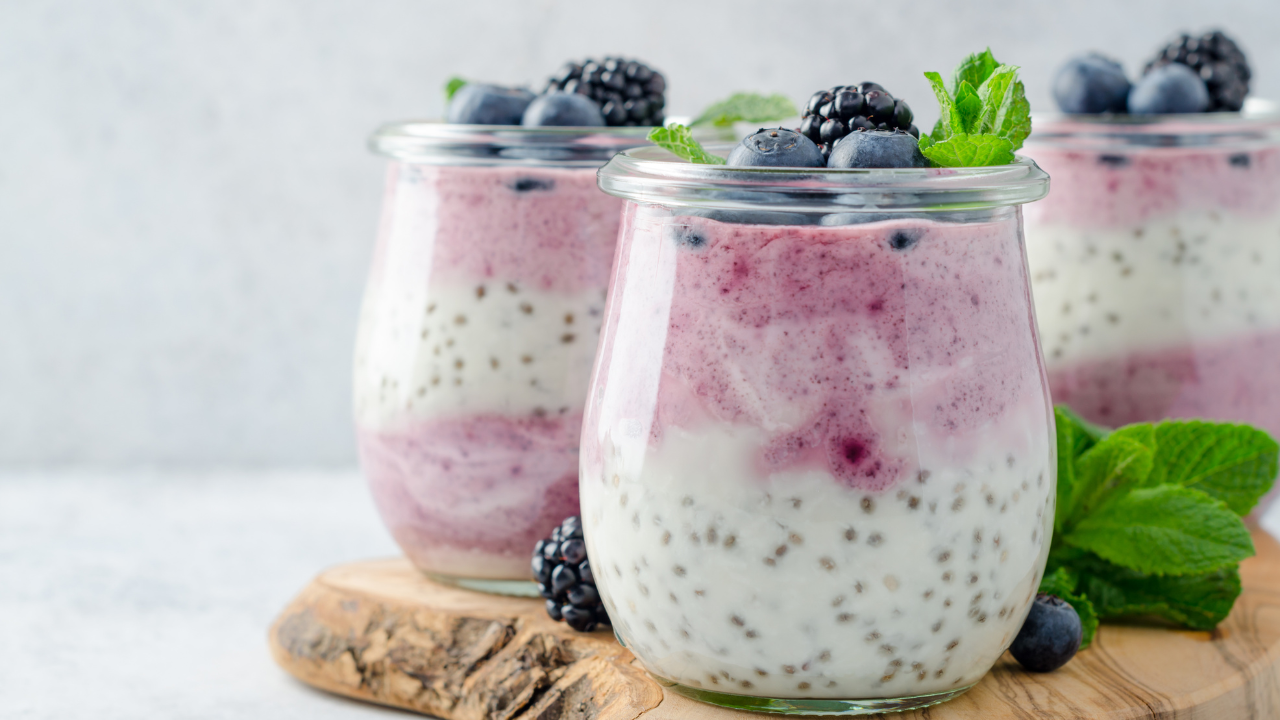
Ok, now that you’re interested in trying chia, you’re not quite sure how to use it. One tablespoon adds 60 calories of a pleasant crunch. The most basic way to incorporate chia into your diet is to toss it into oatmeal and yogurt or mix it into your pancake, waffle, and muffin batter.
The other two popular ways of using chia are to make the long-used beverage known as “chia Fresca” or to make a chia gel, which helps with blood sugar control and promotes satiety.
Chia gel:
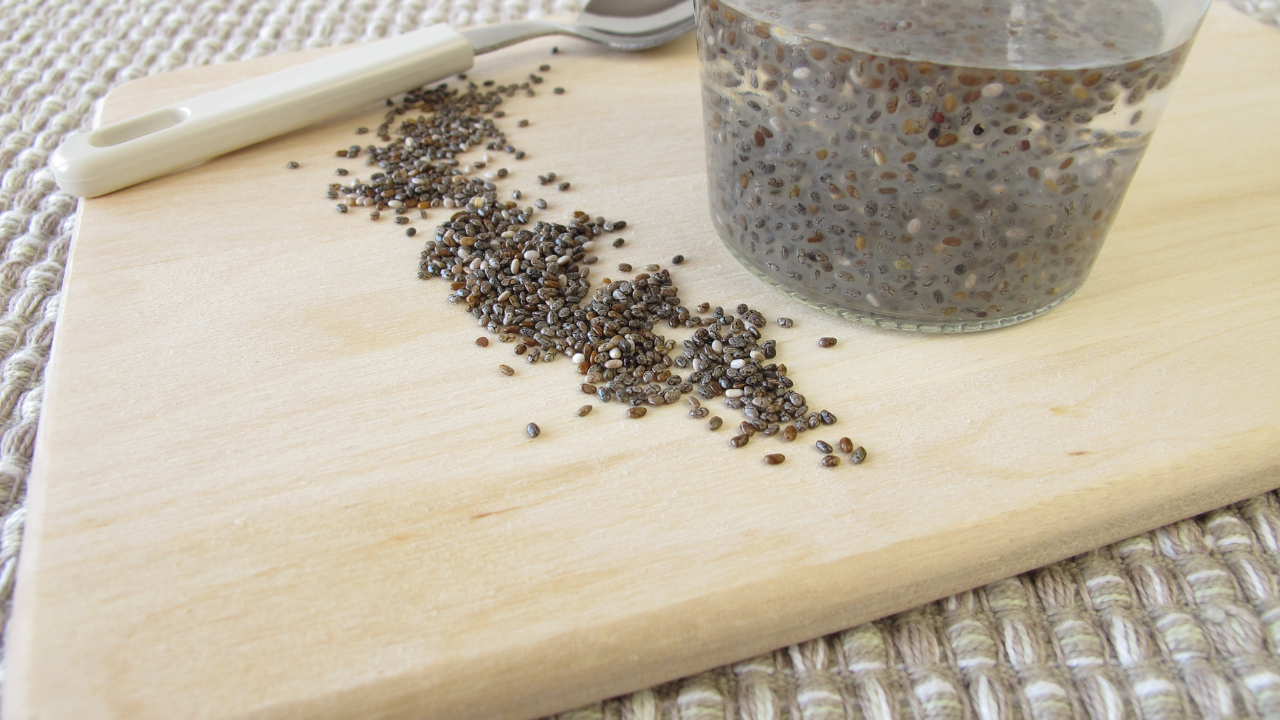
Place 2 Tbsp. chia seeds into a mason jar and add 8 oz of water. Place the lid on the jar and shake well. Place in the refrigerator for 30 minutes to allow the gel to form. The gel can stay in the fridge for 2 weeks. Add the gel to your oatmeal or try adding 2 spoonfuls to mashed fruit as a “jam” to go on toast.
Chia Fresca:

Place 1 Tbsp. chia seeds in a mason jar and add 10 oz. of filtered water. Cover, shake, and allow to sit for 15 minutes. Then add the juice of 1-2 lemons or limes. We also like to add the juice of 1 orange. Cover and shake again before drinking. It’s very refreshing and will help to give you a boost in energy.
Chia Pudding:
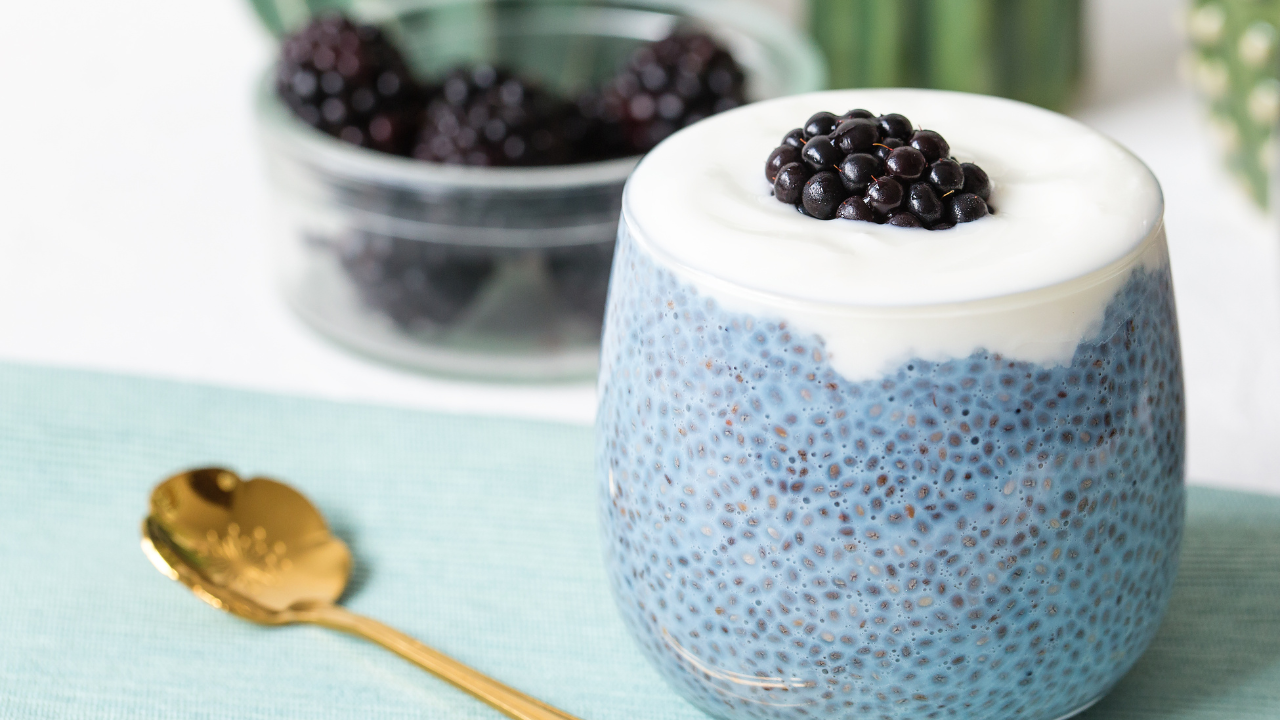
Chia pudding is embraced by many people on the Paleo or Keto bandwagon looking to satisfy their sweet tooth. Of course, you can enjoy chia pudding no matter your eating lifestyle, as this recipe is loaded with fiber, protein, and healthy fats.
For the base, put 2 tablespoons chia seeds, 1/2 cup nut milk, and 1 tsp. honey (or another sweetener) into a jar. Feel free to add any fruit, peanut butter, nuts, coconut shavings, etc. Mix well and store overnight in the fridge.
Bonus: Try our Peanut Butter Apple Cinnamon Overnight Oats – it packs in 1 tablespoon of chia seeds and is absolutely delicious!
That’s everything you need to know about chia seeds! Let us know how you enjoy your chia seeds the most :).

